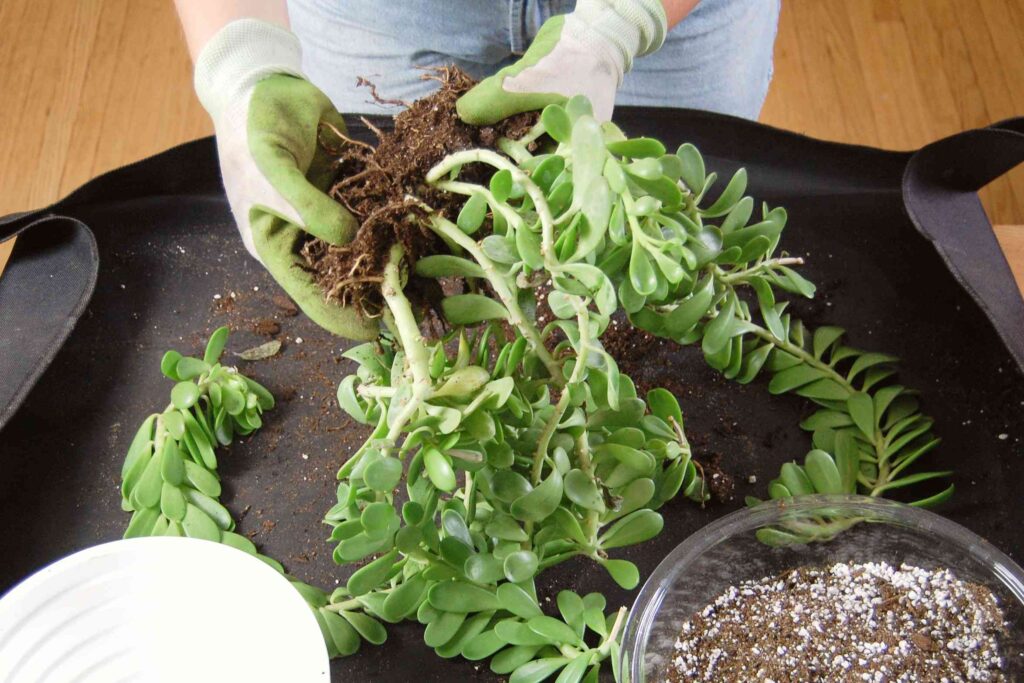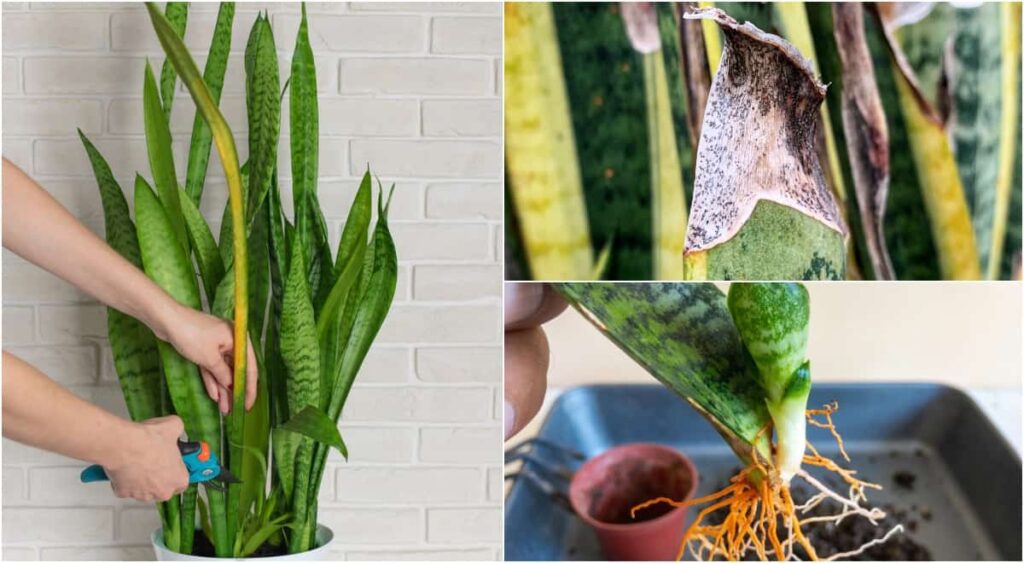Happy plants, also known as Dracaena Fragrans or Corn Plants, are popular houseplants known for their beautiful foliage and easy care. However, even the happiest of plants can sometimes encounter issues that may affect their health and appearance. In this article, we will explore common problems that happy plants may face and provide troubleshooting tips to help you keep your green companions thriving.
Understanding Happy Plant Basics
Before diving into troubleshooting, it’s important to understand the basic needs of happy plant. These tropical plants thrive in warm indoor environments with bright, indirect light. They prefer well-draining potting soil and thrive when their roots are slightly but not overly moist.
Happy plants, also known as tropical houseplants, are a popular choice for indoor gardening enthusiasts. With their vibrant foliage and ability to thrive in controlled environments, they bring a touch of nature into any home or office space. But to ensure their long-term health and happiness, it’s crucial to provide them with the right conditions and care.
The Ideal Environment for Happy Plants
To create an ideal environment for your happy plants, place them near a window with filtered sunlight. Avoid direct sunlight, as it can scorch the leaves. If you don’t have a suitable window, you can also use artificial grow lights to provide the necessary light intensity and spectrum.
Temperature and humidity play a significant role in the well-being of happy plants. Keeping the temperature between 65°F and 75°F (18°C and 24°C) is ideal for most tropical houseplants. However, it’s important to note that some species may have specific temperature preferences, so it’s always a good idea to research the specific needs of your plant.
In addition to temperature, maintaining a humidity level of around 50% is crucial for happy plants. This can be achieved by using a humidifier or placing the plants on a tray filled with water and pebbles. Regularly misting the leaves can also help increase humidity levels. Click here for incorporating the happy plant into home decor.

Another key aspect of creating an ideal environment for happy plants is proper air circulation. Stagnant air can lead to the development of pests and diseases. To promote airflow, you can use a small fan or open windows periodically to allow fresh air to circulate.
Lastly, it’s important to choose the right pot for your happy plants. Opt for pots with drainage holes to prevent waterlogged soil, which can lead to root rot. Additionally, consider using a pot with a saucer to catch excess water and prevent it from damaging your furniture or flooring.
Essential Care Tips for Happy Plants
Proper care is essential for the well-being of your happy plants. Understanding their watering needs is crucial to prevent both underwatering and overwatering. Water them thoroughly when the top inch of soil feels dry, allowing excess water to drain away. It’s important to note that different species may have varying watering requirements, so it’s always a good idea to research the specific needs of your plant.
Fertilizing happy plants is another important aspect of their care routine. Use a balanced, water-soluble fertilizer formulated for houseplants. Apply the fertilizer every two to three months during the growing season, following the instructions on the packaging. Over-fertilizing can lead to nutrient burn, so it’s important to use the recommended dosage.
Regularly inspecting and cleaning your happy plants is also crucial. Dust can accumulate on the leaves, hindering their ability to photosynthesize effectively. Gently wipe the leaves with a damp cloth or use a soft brush to remove any dust or debris. This will not only improve the plant’s overall appearance but also promote healthier growth.
Lastly, keep an eye out for any signs of pests or diseases. Common pests that can affect happy plants include spider mites, aphids, and mealybugs. If you notice any unusual spots, discoloration, or wilting, it’s important to identify and treat the issue promptly. There are various organic and chemical treatments available, depending on the specific problem.
By providing the ideal environment and following essential care tips, you can ensure that your happy plants thrive and bring joy to your indoor space for years to come.
Identifying Common Happy Plant Problems
Despite your best efforts, your happy plants may encounter some issues. Learning to identify common problems is crucial to addressing them promptly and effectively.
Having a happy plant can bring so much joy and beauty to your home. However, just like any living thing, plants can experience health issues. It’s important to be observant and proactive in identifying and resolving these problems to ensure the well-being of your beloved green companions.
Yellowing Leaves and Potential Causes
If you notice yellowing leaves on your happy plant, it could be due to overwatering, underwatering, or nutrient deficiencies. Overwatering can lead to root rot, a condition where the roots are deprived of oxygen and start to decay. This can cause the leaves to turn yellow and eventually wilt. On the other hand, underwatering can cause dehydration, leading to the same symptoms. Nutrient deficiencies, particularly a lack of nitrogen, can also result in yellow leaves. Nitrogen is an essential nutrient for healthy plant growth and is responsible for the vibrant green color of leaves.
When dealing with yellowing leaves, it’s important to assess the watering habits and nutrient levels of your happy plant. Adjusting the watering schedule and ensuring proper fertilization can often help alleviate this issue. However, if the problem persists, it may be necessary to consult a plant expert or horticulturist for further guidance.
Wilting or Drooping: What it Means
Wilting or drooping leaves are signs of stress in happy plants. This stress can be caused by various factors, including underwatering, overwatering, or environmental conditions. Underwatering deprives the plant of the necessary moisture, causing the leaves to lose turgidity and droop. On the other hand, overwatering can lead to waterlogged soil, suffocating the roots and preventing them from absorbing nutrients properly. Additionally, environmental factors such as excessive heat or cold drafts can also cause wilting or drooping.
When you notice wilting or drooping leaves, it’s crucial to assess the watering practices and environmental conditions surrounding your happy plant. Adjusting the watering schedule, ensuring proper drainage, and providing a suitable temperature and humidity level can help resolve this problem. Remember, plants are living organisms that thrive in specific conditions, so creating a favorable environment is essential for their well-being. Learn more about fixing droopy leaves.
Root Rot: Symptoms and Solutions
Root rot is a common issue that happy plants may experience if they are subjected to consistently soggy soil. This condition occurs when the roots are constantly surrounded by excessive moisture, leading to the growth of harmful fungi and bacteria. Signs of root rot include yellowing leaves, foul odor, and mushy roots.
If you suspect root rot in your happy plant, it’s important to take immediate action to prevent further damage. Carefully remove the plant from the pot, gently shake off the excess soil, and inspect the roots. Trim off any rotten or mushy roots using clean and sterilized tools. Once the affected roots have been removed, repot the plant in fresh, well-draining soil to provide a healthier environment for root growth.
Preventing root rot in the future involves ensuring proper drainage in the pots, using well-draining soil mixes, and avoiding overwatering. It’s important to strike a balance between providing enough moisture for the plant’s needs while allowing the roots to breathe and avoid waterlogged conditions.

Troubleshooting Happy Plant Issues
Now that you can identify common issues, let’s explore some troubleshooting techniques to help address and prevent problems with your happy plants.
Having a happy and healthy plant is every gardener’s dream. However, sometimes our green friends can encounter issues that affect their well-being. In this guide, we will delve deeper into the world of troubleshooting techniques to ensure your plants thrive.
Adjusting Watering Techniques
If you suspect overwatering or underwatering is the culprit behind your plant’s problems, adjust your watering techniques accordingly. Remember to allow the top inch of soil to dry out before watering, and ensure the pot has proper drainage.
Watering is a crucial aspect of plant care. Overwatering can lead to root rot, while underwatering can cause the plant to wither and dry out. By finding the perfect balance, you can provide your happy plant with just the right amount of moisture it needs to flourish.
One useful technique is the “finger test.” Simply stick your finger about an inch into the soil. If it feels dry, it’s time to water your plant. However, if it feels moist, hold off on watering for a few more days.
Modifying Light Exposure
If your happy plant is not receiving enough or too much light, it can impact its overall health. Move the plant to a brighter or more shaded location as needed, keeping in mind its preference for bright, indirect light.
Light is like food for plants. It is essential for photosynthesis, the process by which plants convert light into energy. Insufficient light can result in stunted growth and pale leaves, while excessive light can lead to sunburn and leaf scorching.
When determining the ideal light conditions for your happy plant, consider its natural habitat. Is it a tropical plant that thrives in bright, indirect light, or does it prefer a shady spot? By mimicking its natural environment, you can ensure your plant receives the light it needs to thrive.
Dealing with Pests and Diseases
Pests such as spider mites and mealybugs can infest happy plants, causing damage to the leaves. Regularly inspect your plants for signs of pests and take action promptly if you spot any. Use organic insecticidal soap or neem oil to treat the infestations.
Just like humans, plants can also fall victim to unwanted guests. Pests and diseases can wreak havoc on your happy plant, compromising its health and vitality. Therefore, it is crucial to be vigilant and proactive in preventing and addressing these issues.
When inspecting your plants, keep an eye out for any signs of infestation. Look for tiny webs, discolored leaves, or sticky residue, as these are common indicators of pest presence. If you spot any pests, it’s time to take action.
Organic insecticidal soap or neem oil are effective and environmentally friendly options for treating pest infestations. These natural remedies work by suffocating and repelling the pests, ensuring your happy plant can thrive in a pest-free environment.

Preventive Measures for Happy Plant Health
To keep your happy plants thriving, it’s essential to establish preventive measures that promote their overall health and well-being.
Regular Fertilization: Why and How
Regular fertilization provides the necessary nutrients for happy plants to grow and flourish. Use a balanced, water-soluble fertilizer and follow the instructions on the packaging for proper application. Remember not to overfertilize, as too much can burn the roots.
Importance of Proper Potting and Repotting
Proper potting and repotting play a crucial role in happy plant health. Choose a pot with drainage holes that is slightly larger than the current one to allow for root expansion. When repotting, use fresh potting soil and ensure the plant is positioned at the same depth as before.
The Role of Temperature and Humidity in Plant Health
Temperature and humidity can greatly impact happy plants’ growth and well-being. Maintain a consistent temperature range between 65°F and 75°F (18°C and 24°C) and monitor humidity levels to avoid extremes. Consider using a humidifier or placing a tray of water near the plant to increase humidity if necessary.
By understanding the basics, identifying common problems, troubleshooting effectively, and implementing preventive measures, you can ensure your happy plants remain healthy and vibrant. With a little care and attention, these beautiful houseplants will continue to bring joy and beauty to your indoor environment for years to come.
